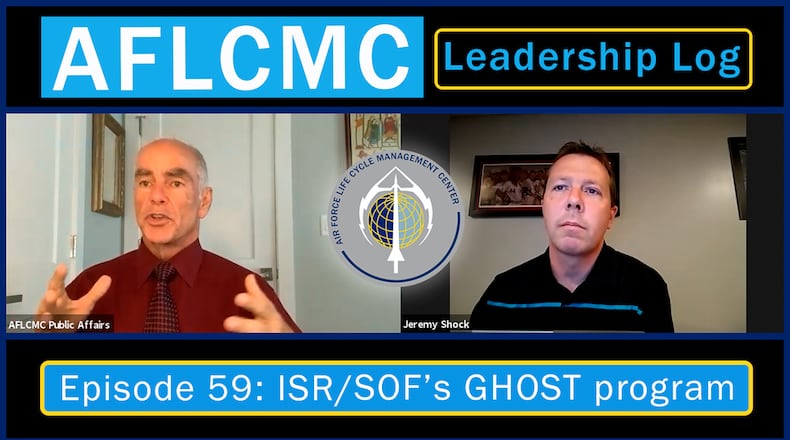“We are designing it to be platform agnostic, or agile, so it is easily transferable from one airborne platform to another based on however much size, weight, and power, or SWAP, is available,” said Jeremy Shock, Signals Intelligence Branch chief.
Along with being able to fly the pod under either manned or unmanned aircraft, they are designing an open architecture system to allow them to use different hardware or software depending on the mission and the available SWAP.
“When we say open architecture, we’re really talking several different things,” Shock said. “One is how does it interface with the airborne platform itself. Also, how it communicates with the ground. We want common interfaces down to the ground to send common messages down so that they can easily be shared throughout the Intel community.”
The flexibility to add new sensors as technology improves is a key objective.
“A good example is like the mouse on a computer,” Shock said. “They all connect with a USB connection. So you may want one … with the scroll ball. If it has a USB connection, it’s easy to just pull your normal standard mouse out, then put in another one in using the same connection because it’s ‘plug and play.’”
The open architecture also includes the software to create essentially a virtual environment for vendors – even third-party vendors – to create applications.
“What we’re trying to do is avoid that proprietary vendor lock,” Shock said. “We could update the system ourselves, if newer technology comes available.”
The GHOST program has been designated as a Section 804 rapid prototyping program and is currently working a 12-month effort with three vendors to design prototypes. In addition, the Government will perform an open architecture assessment on all three vendor’s systems in the AFRL’s Open Architecture Technology Lab. Following that effort, the GHOST team will perform a source selection to select one vendor to build flyable prototypes to continue driving the program towards fielding the system.
To hear the full conversation, you can watch Leadership Log on YouTube at https://youtu.be/g-4GNcAyk_g.
You can also listen by searching “Leadership Log” on Apple Podcast, Google Podcast, Spotify, Overcast, Radio Public or Breaker.
About the Author
